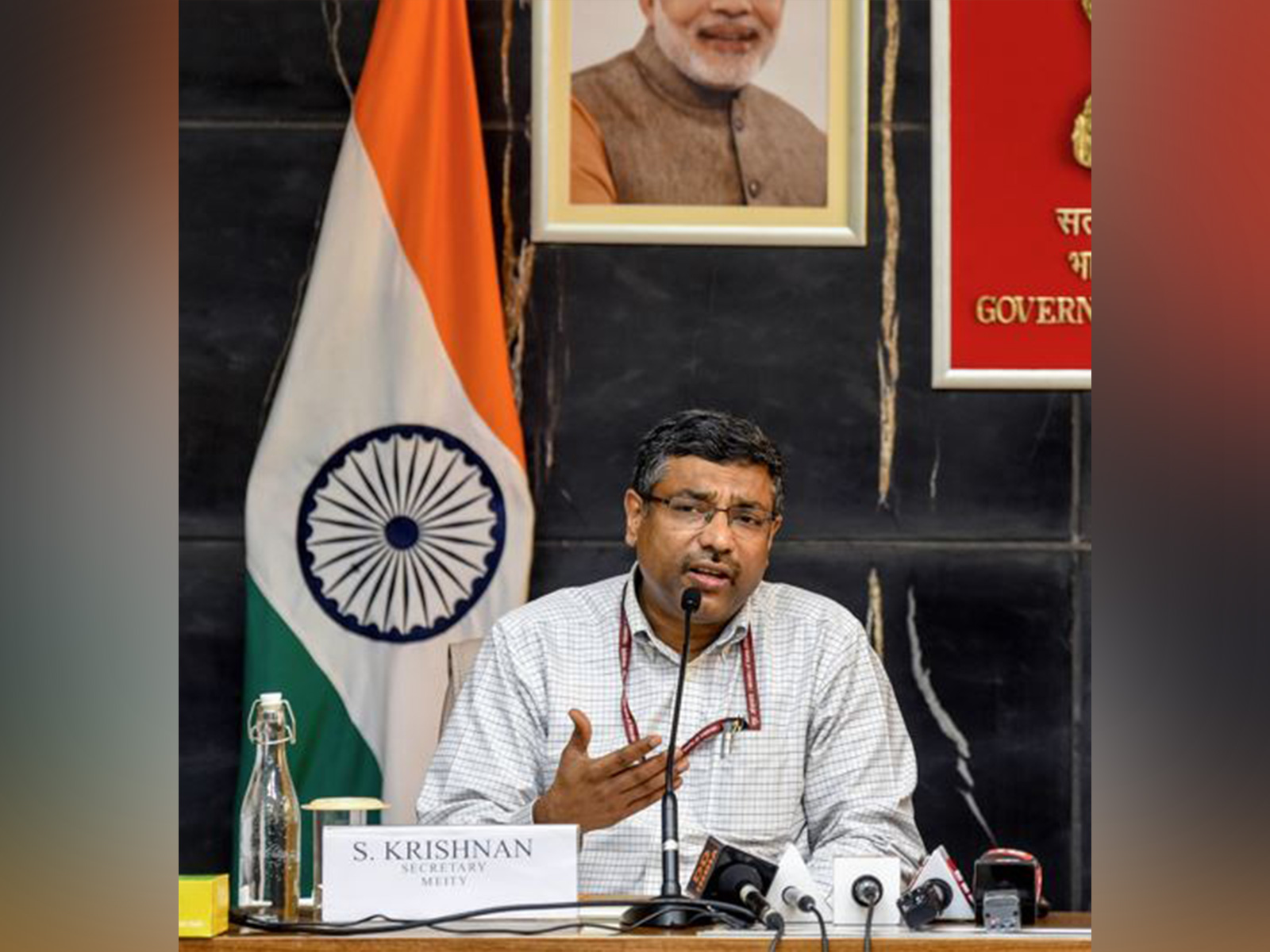New Delhi [India] October 16 (ANI): India has taken a significant step towards advancing its transition to a circular economy in the electronics sector with the launch of a five-year initiative supported by the Global Environment Facility (GEF) and implemented by the United Nations Development Programme (UNDP) in partnership with the Ministry of Electronics and Information Technology (MeitY), Government of India.
The project aims to ensure environmentally sound management of e-waste, one of the fastest-growing waste streams in the country, by reducing hazardous material use, recovering valuable resources, and improving the availability of secondary raw materials in the electrical and electronics sector.
India is currently the world’s third-largest generator of e-waste, and more than 80 per cent of it is processed in the informal sector through unsafe methods that release toxic chemicals into the environment. Limited formal recycling exposes workers and communities to serious health hazards.
Highlighting the importance of the initiative, S. Krishnan, Secretary, Ministry of Electronics and Information Technology, said the project comes at a crucial time, as India’s electronics sector experiences rapid growth. “The initiative will drive innovation in eco-design, recycling, and circular business models by working closely with industry partners. By promoting circularity, we will improve self-reliance in the supply of secondary raw materials, create new opportunities, strengthen livelihoods, and safeguard health and the environment,” he said.
Echoing this sentiment, Angela Lusigi, UNDP Resident Representative in India, said the project would help the country balance economic growth with environmental responsibility. “We are working with government and industry partners to ensure resources are used efficiently, workers are protected, and the sector grows sustainably. Together, we can turn this challenge into an opportunity for a safer, more sustainable future in alignment with India’s circular economy vision,” she said.
The GEF has approved USD 15 million in financing for the project, which will unlock more than USD 105 million in co-financing from the Government of India and industry stakeholders. The combined investment of USD120 million will strengthen e-waste regulation enforcement, support eco-design innovation, pilot safe recycling systems, and enhance infrastructure for recovering valuable materials.
Xiaofang Zhou, UNDP Chemicals and Waste Hub Director, said the project addresses a growing global concern, noting that electronic waste exceeds 60 million tonnes annually and grows five times faster than recycling rates. “This flood of discarded devices contains toxic chemicals, including persistent organic pollutants that cause long-term environmental and health damage. Tackling e-waste is central to building the circular economy we need for a healthier planet,” she said.
Carlos Manuel Rodriguez, CEO and Chairperson of GEF, added that India’s model could inspire other nations. “This project in India is more than a local solution, it can be a model to demonstrate how these toxic chemicals can be designed out of production and safely managed when products are discarded. By supporting this effort, the GEF is helping to chart a path toward cleaner industries and a circular economy that can be replicated in other countries.” he said.
Amitesh Kumar Sinha, Additional Secretary, MeitY, said, “This project will strengthen the Extended Producer Responsibility and Resource Efficiency in the country to meet critical minerals requirement of the Electronics Sector by promoting collection, environmental friendly recycling, formalisation of Informal workers, especially women, through various circularity pilot projects and training programmes,”
Expected to directly benefit over 6,400 people, the project will prevent the release of 8,000 tonnes of toxic heavy metals, eliminate 25 tonnes of hazardous flame retardants, and cut 600,000 tonnes of CO₂-equivalent emissions. (ANI)
Disclaimer: This story is auto-generated from a syndicated feed of ANI; only the image & headline may have been reworked by News Services Division of World News Network Inc Ltd and Palghar News and Pune News and World News
HINDI, MARATHI, GUJARATI, TAMIL, TELUGU, BENGALI, KANNADA, ORIYA, PUNJABI, URDU, MALAYALAM
For more details and packages












